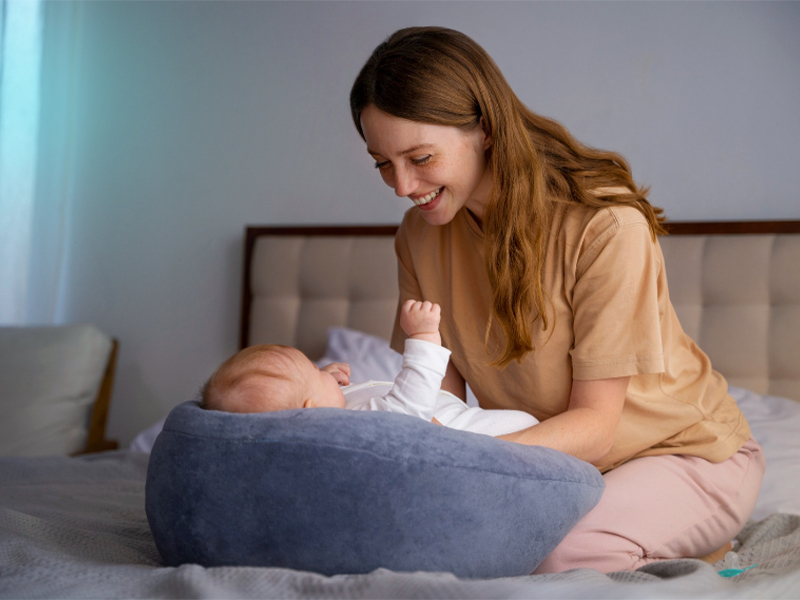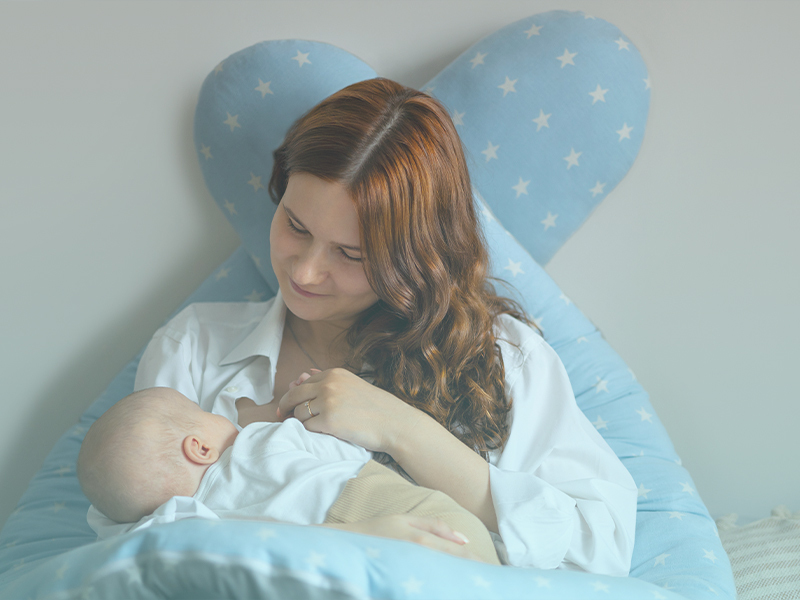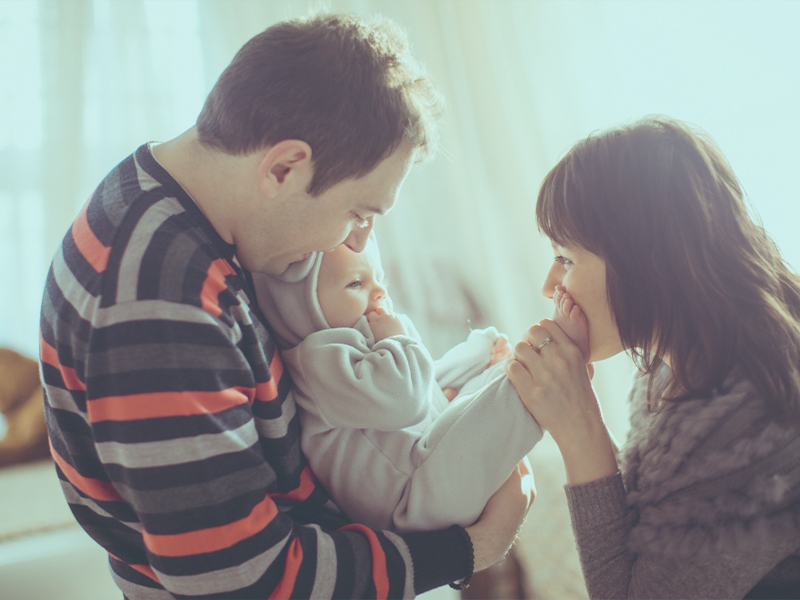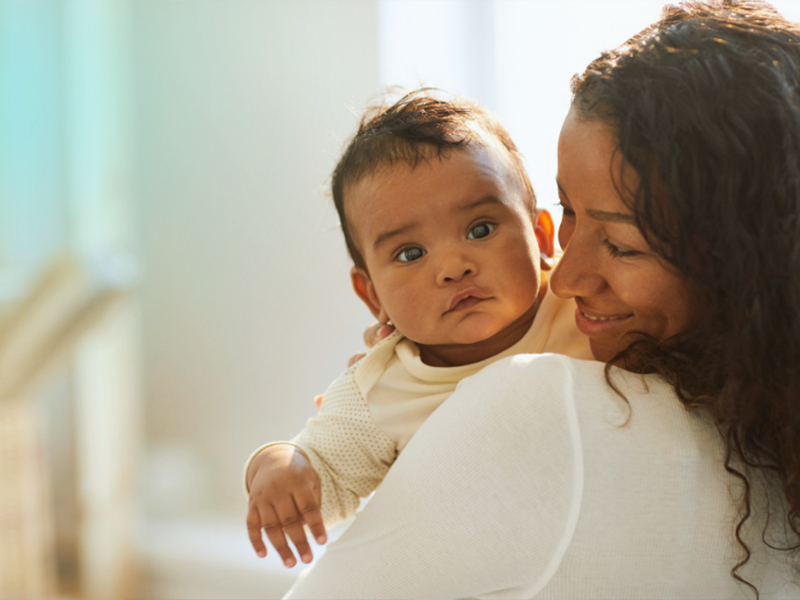Breaking the Cycle: How to Teach Kids Self Love and Avoid Self Betrayal

The Ancient Knowing We Carry
There is a knowing that lives in your bones.
You came in with it.
So did your child.
Before language forms, before logic takes hold,
before we ever ask a child to behave, sleep, share, or smile,
we are already whispering to them,
through our energy, through our presence:
“This is what to do with your feelings.”
You won’t find this knowing in a tik tok reel, or a podcast, or a book.
It lives in your breath.
In your body’s instinct to lean in instead of turn away.
In the clear way your presence says, “You are safe here.”
This is how we teach kids self-love before they even understand it.
However, there’s a growing issue: What if, in our attempts to teach self-love to kids, we’re actually teaching them self-betrayal? What if, by following society's rules about parenting, we are actually pushing kids away from their true feelings?
Inherited Stories of Survival
There’s a belief we inherited. From one generation to another. With the best of intentions that made sense for that time and place.
It sounds like this:
“I have to control how I feel.”
“It’s not ok to feel this way.”
“I need to get over it”
“I’m fine”
We’ve been taught that emotional control is the goal.
But it goes deeper than that.
We weren’t just taught to manage emotions,
We were taught not to feel them at all.
We learned early:
If you’re sad, you are weak
If you’re angry, you are out of control.
If you’re joyful, you are too loud — stop showing off.
If you’re confident, you are bossy.
If you’re discouraged, you are lazy.
If you’re overwhelmed, you are dramatic.
If you’re quiet, something must be wrong.
No matter what you feel,
it’s too much for someone.
Too intense. Too inconvenient. Too real.
So we did what society taught us:
We shrunk.
We silenced.
We smiled politely.
We performed safety in the shape of perfection.
And we learned to live inside the narrow space
where only tidy, tempered emotions were allowed.
Just enough to obey, to conform, to fit in…
Never enough to overflow.
Never enough to be fully felt.
Never enough to be free.

The Impact of Unconscious Parenting on a Child’s Emotional Development
When we parent on autopilot, without pausing to examine the emotional messages we’ve inherited, we often pass down the belief that emotions need to be controlled or hidden in order to be accepted. This is what unconscious parenting can look like. It isn’t intentional harm, but rather a repetition of old patterns that teach children to disconnect from their inner world.
Even the most loving parents, doing their best with what they were taught, may unintentionally send the message that certain feelings are too much or too inconvenient to be seen. Over time, children begin to reshape their emotional landscape to match what feels safe and accepted. This is how self-betrayal begins. Not out of rebellion, but as a way to belong.
Teaching self-love to kids means offering a space where emotions are not judged or silenced, but honored and explored. Children don’t just need help managing their emotions. They need to know their feelings are welcome. When we guide them with presence and compassion, we help them trust that they can be fully seen and still fully loved.
The Great Emotional Disconnection
And I want to take full responsibility for the part I played…
As a psychologist, I spent years teaching children and their families how to manage emotions and teaching self love. I taught them how to cope, how to regulate through behavior,
how to respond instead of react, how to keep feelings in check so they wouldn’t overwhelm or disrupt. And for a long time, that felt like help.
It felt like safety.
It felt like love wrapped in structure.
But what I see now, what I remember now,
is that much of what we called “emotional regulation”
was really emotional reshaping
It was asking the soul to shrink so the system could stay comfortable.
It was asking the body to behave before it was allowed to be heard.
Even the words we often use:
manage, control, cope
carried quiet messages that said:
“Your feeling is only welcome if it knows how to behave.”
And in that quiet message,
something sacred was quietly lost.
Yes, I used the word feelings often.
I said things like,
“It’s okay to feel.”
“Welcome the feeling in”
“Your feelings are valid”
And I meant it. Deeply.
Many of us in the helping fields do.
We believe in the beauty of emotion.
We create safe spaces.
We listen.
We teach regulation with tenderness.
I gave children, parents, and humans room to cry.
To scream.
To rage.
To collapse into grief,
or shake with confusion,
as hard and as big as their bodies needed.
And they did.
Oh, how they did.
But now, with soul-level clarity, I see what I could not see then:
The space I held for them was often the only place they were allowed to feel that deeply.
Not in the classroom.
Not at home.
Not in public.
Not in systems that feared emotional truth.
Only here.
It had to be hidden and safe within the therapy room, behind a bedroom door, inside a pillow.
Because the world outside told them something different:
“Not here. Not like that. Not so loud. Not so real.”
So yes, I offered a sanctuary. But it was a sanctuary built on the belief that they needed protection from their own truth. That their emotions were too fragile or too explosive to be seen in the light.
Because out in the world…
The word control is everywhere.
We use it like it is medicine.
Control your thoughts.
Control your feelings.
Control your behavior.
Control your impulses.
As humans, we mean well. Even during times when it doesn’t appear to be so. “As Dr. Gabor Maté explains, emotional suppression is often praised as strength, but it disconnects us from our authentic self; a pattern we unknowingly pass down.”
I believed that teaching self-love to kids meant helping them control their feelings. But what if, by teaching children to regulate their emotions, we were really teaching them to perform? To perform safety, perfection, and control at the cost of emotional truth? This kind of unconscious parenting can lead to deep emotional disconnection, teaching children to hide their authentic selves to fit a mold that society accepts and calls comfortable.
We all mean so so well!
But what are we really teaching?
What are we really saying?
I wasn’t teaching emotional regulation.
Many times, I was teaching emotional performance.
When you are out there in the world…
Feel… but stay calm.
Name the feeling… but don’t let it get too big.
Be aware… but use your tools not to show too much and “regulate your emotions”
Even the concept of regulation, which I believe to be empowering, is often misunderstood, repackaged, and reduced. It became a way to help children become more palatable to systems that weren’t built to hold their full expression and were rarely taught how to sit with emotional truth. Which is often a message twisted to convey:
“You’re only safe to be here if you’re manageable.”
I believed I was helping them build resilience. But now I see I was helping them survive a system that still fears emotion. A system that rewards composure and punishes feeling.
I did what I could to keep them safe from a world that wasn’t ready to hold their fullness.
Because if they didn’t behave…if they felt too loudly, too wildly, too honestly, then I wasn’t doing my job as a psychologist. At least, not in the way the world expected me to.
And I believed I would be failing them.
And even now, even knowing what I know, there are days when I still struggle.
I still find myself walking the edge: holding space for someone’s truth
while also helping them package it in a way the world might accept.
Because there is a part of me that feels a great deal of responsibility to protect the cost of their fullness in a world not built for it.
And the hardest part when I came to my remembrance?
I hadn’t yet faced how much I was still performing too.
Not just for others, but for a system that had trained me to trust control more than connection.
And more than that…
I was still performing for myself.
Because there were emotions I didn’t feel safe to feel.
Emotions I had judged, pushed down, rationalized, or tried to outgrow.
Parts of me I wanted to reject instead of embrace.
I didn’t yet know how to sit with my own sorrow without trying to fix it.
Or how to feel rage without shame.
Or how to hold joy without bracing for the fall.
It’s taken years for me and it’s still unfolding.
Unlearning. Repatterning.
Letting go of the beliefs I was praised for, trained in, and taught to trust.
Beliefs that taught me how to serve…
but not how to love myself through it all.
Beliefs that kept me safe…
but quietly kept me from stepping into my true potential.
Beliefs that helped me function in a fractured world…
but rarely showed me how to feel whole, free, and fully alive.

The Sacred Intelligence of Emotions
But here’s the deeper truth that keeps rising:
Our children don’t have to carry the same heaviness. They don’t have to inherit the fear we were taught to call “strength.” They don’t have to perform safety to be loved. They can learn to feel deeply, fully, and still be whole, still be seen, still belong.
Let’s release the illusion once and for all:
Your ability to feel is not a flaw in your design
It is a sacred intelligence.
A compass.
A communicator of truth.
Each emotion is energy in motion, light carrying language from your soul to your system.
A whisper, a wave, a wild roar that is not here to be silenced, but to be listened to. Not here to be “handled,” but to be honored.
Yet somewhere along the way, we were taught to fear what we feel. To shrink the big ones.
To hide the tender ones. To push them down, dress them up, and make them easier for others to be around.
We called it coping.
We called it strength.
We called it maturity.
But really, we were learning to disconnect.
What if emotions were never meant to be managed…
but met?
Not through systems of control,
but through connection.
Not with rules,
but with reverence.
We’ve been taught to treat emotions like problems, to fix, to tame, to tidy.
To get them “under control.”
But feelings were never the problem.
They are messengers.
Movers.
Carriers of encoded light.
Delivering insight, memory, truth.
They are the language of the soul.
And when we silence them, we lose part of our own voice.
And so they rise louder, fueled by devotion to their mission. They carry what we’ve buried, again and again, whispers of what aches to be heard. They come to bring us home.
To lead us back,
from performance into presence.
From disconnection into remembrance.
They are the compass of the soul,
revealing when we are drifting… and when we are returning.
Reclaiming Relationship with Emotions: The Shift to True Self-Love
Cultivating true self-love in children starts with allowing them to experience and express their emotions freely, without fear of judgment or reprimand. Many parents, unintentionally influenced by unconscious parenting practices, may encourage emotional suppression under the guise of teaching “self-control.” This sets up a cycle of self-betrayal, where children feel they must behave in certain ways or hide their true emotions to gain approval.
What if we stopped shaping emotions to fit expectations,
and instead, welcomed them as trusted guides?
What if we sat with them, like honored guests…
and asked what wisdom they came to offer, listening to their voice?
What if we entered into relationship with them,
choosing presence over false performance,
curiosity over control,
and respect over resistance?
What if we understood the way each feeling moves through us…
the shape of sorrow, the texture of joy, the fire of anger,
the stillness of grief, the warmth of wonder.
And instead of shaping feelings to fit the world.
We chose to shape a world where feelings fit within us.
A world where emotions are not problems to solve,
but portals to understanding.
A world where we become safe places to land,
and offer that same safety to the world around us.

How to Cultivate Emotional Freedom and True Self-Love in Children
What if emotions weren’t problems to manage, but messages to be met with curiosity and respect? This is where the shift in parenting happens. Teaching self-love to kids isn’t about controlling their emotions; it’s about helping them feel safe enough to express them fully.
It is important to show our children that it’s okay for them to feel everything: the joy, the sadness, the anger, and still receive love and acceptance. This is how we guide them away from self-betrayal and into emotional wholeness.
When children are raised in a space where their emotions are respected, they carry the inner knowing that they are allowed to feel and still belong. This doesn’t happen just with words. It’s embodied in the way we live, breathe, and listen to their emotions. As we embrace our own feelings, we teach them to honor theirs.
Because when we enter into sacred relationship with our feelings,
we remember what was always true:
Emotions are not distractions. They are directions.
They do not need to be managed,
they are meant to be met,
with reverence, with rhythm, with radical acceptance.
And when a child sees this, when they are guided, not molded,
they do not forget.
They carry the map within them.
They walk into the world with truth
No longer searching for permission to feel,
but anchored in the knowing:
“I am allowed to feel it all and still belong.”
We hand them that knowing, not through words alone,
but through the way we live, breathe, and listen.
We become the embodied invitation:
to live connected, to lead with presence,
to remember that wholeness is not earned — it is honored.
And this…
this is the revolution that does not roar.
It hums softly inside every home, every heart, every moment we choose to stay.
A new world begins like this…
With each breath that honors feeling,
each pause that holds truth,
Each heart that dares to lead a child home,
to the place within where they always belong,
before the noise of the world drowns out…
their inner knowing
To teach a child how to navigate their emotional world, we must first be willing to explore our own.
If you're wondering how these patterns might be showing up in your own parenting, I created a free quiz to help you reflect.
👉 Take the Parenting Connection Quiz and discover whether your connection is building safety or silently contributing to stress beneath the surface.”
Written by Dr. Karen Molano, creator of the LumiTot Method — a revolutionary parenting approach that supports families from conception through the first five years, blending neuroscience, holistic wisdom, and emotional truth. Discover more at www.lumitot.com.
FAQs:
Q1: How can I avoid unconscious parenting and teach my kids emotional self-love?
A: To avoid unconscious parenting, start by fostering emotional openness at home. Encourage your child to express their feelings without judgment. Model emotional self-love by showing your own vulnerability and teaching your child that all emotions, whether positive or negative, are valid and part of a healthy emotional life. This does not mean that the behaviors that can come with emotions are ok. It’s the feeling that we validate, and the behavioral response that comes after is what we help our children to shape in a safe space.
Q2: What is self-betrayal, and how does it relate to parenting?
A: Self-betrayal occurs when children are taught to suppress or hide their true emotions to meet external expectations. Often, unconscious parenting practices, like emotional control or discouraging emotional expression, can create this sense of betrayal, where children feel disconnected from their authentic selves.
Q3: What is unconscious parenting?
A: Unconscious parenting is parenting by default, not by design. It’s when we raise children based on automatic patterns, shaped by our own upbringing, cultural expectations, or survival instincts, without realizing we’re doing it. It isn’t about blame or doing something “wrong”; it’s about recognizing that so much of what we do is built-in, rehearsed, and deeply conditioned.
When we parent unconsciously, we often respond out of habit rather than intention, saying or doing what was done to us, even if it no longer aligns with what we truly want for our children.
Q4: How can I help my child learn self-love without making them feel like they have to control their emotions?
A: Teach your child that self-love isn't about controlling emotions. It's about building a relationship with them. Instead of trying to fix or quiet big feelings, meet those moments with presence and curiosity. When a child feels safe to express their emotions, whether they are messy, loud, or tender, and still feels loved and accepted, they begin to trust that their full self is welcome.
This is how self-love grows. Not through control, but through connection. Your role isn't to manage their emotions. It's to sit beside them as you both learn to understand what each feeling is trying to say.
Q5: Why do we need to move away from unconscious parenting to teach children emotional resilience?
A: Unconscious parenting, which focuses heavily on emotional control and suppression, can undermine a child’s ability to connect with their true feelings. By shifting to emotional openness and teaching self-love to kids, parents help children build resilience based on acceptance rather than suppression.
Q6: What can I do if I realize I’ve been unintentionally teaching my child self-betrayal?
A: If you recognize that you may have been supporting self-betrayal, the first step is self-awareness. Start by validating your child’s emotions, teaching them that it's okay to feel deeply, and showing them how to manage emotions without suppressing them. Acknowledge your own emotional process to model emotional authenticity and reconnect with your child’s true self. It is never too late to try something new and to pivot in a way that is more in alignment with your little one.
How Strong Is Your Connection With Your Child?
Take the Quiz to Find Out. Designed for Parents Who Want a Deeper Connection—From Pregnancy Through Age 5
